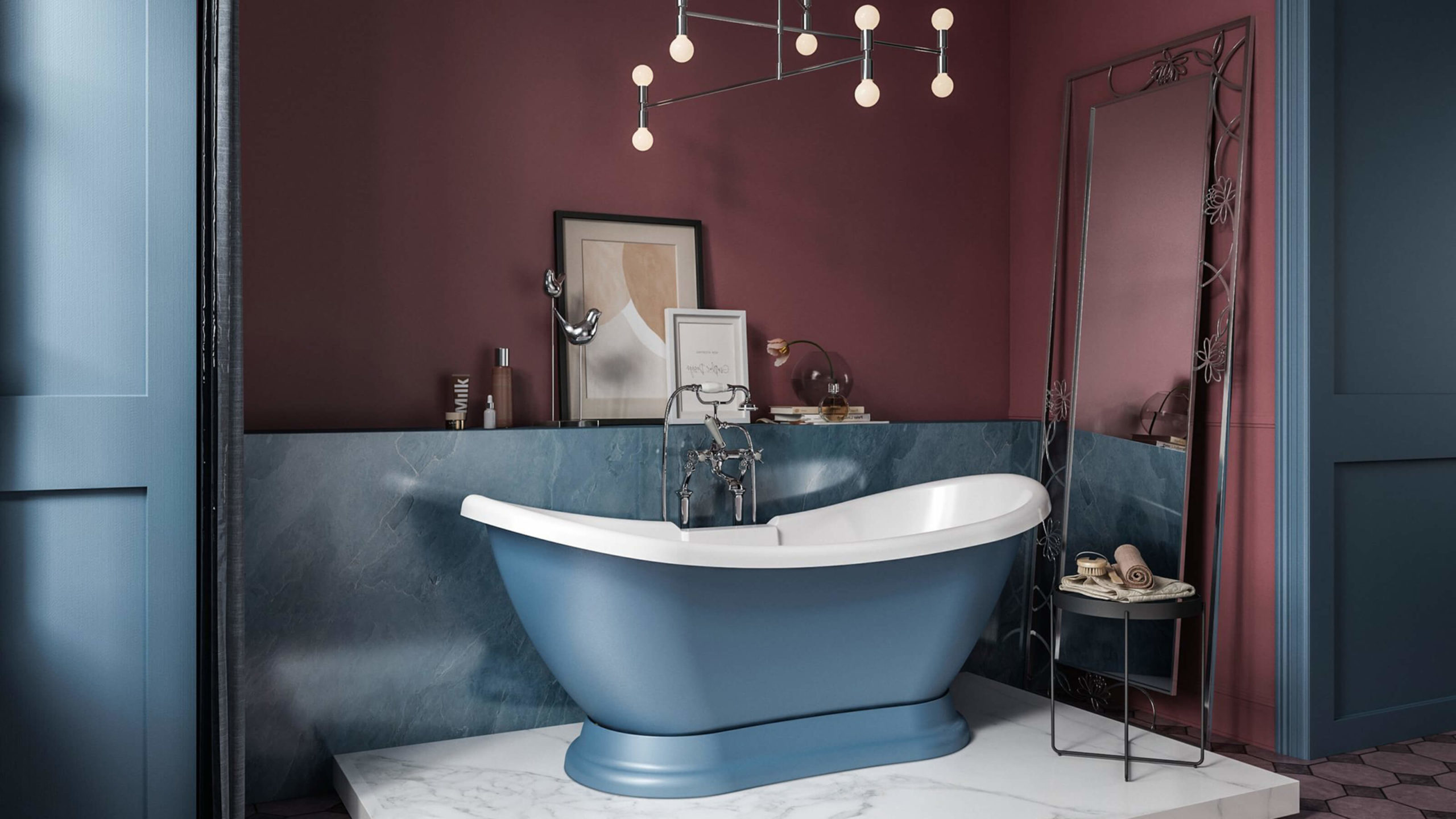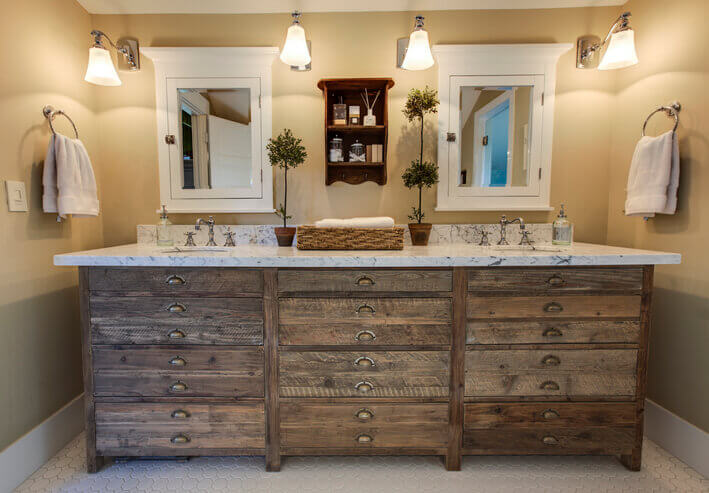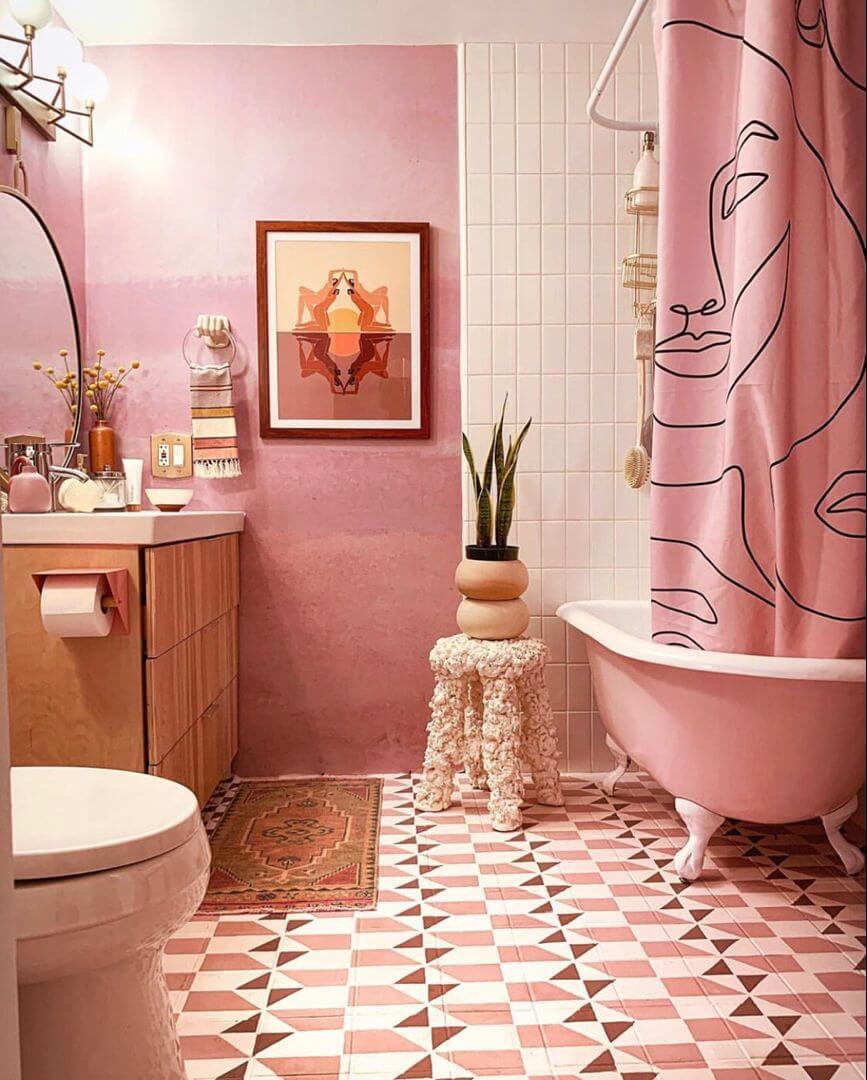Everyone will enjoy relaxing in the bath after a hard day. And so that unnecessary sounds do not interfere with enjoyment, it is essential to think about the soundproofing of the bathroom even at the stage of repair. An expert advises on this topic.
The bathroom is protected from noise in stages. And here, it is essential not to forget anything: the floor, the walls, and the bath itself must be isolated from unnecessary sounds.
Soundproofing of water and sewer pipes
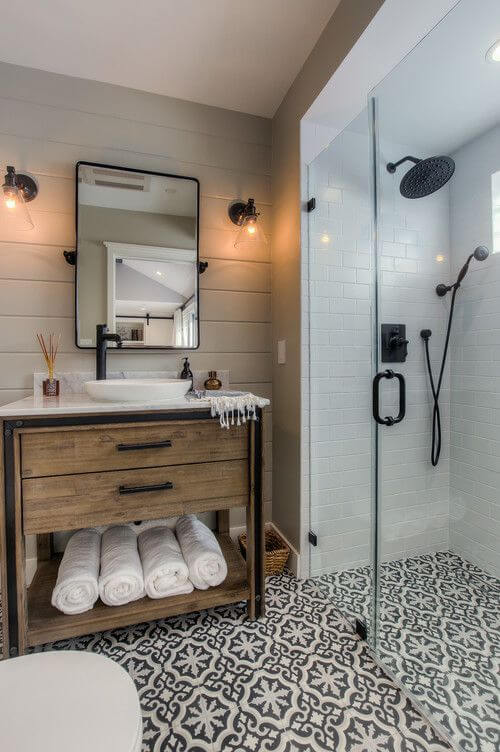
You can get rid of the noise of water in the pipes with the help of polyethylene foam. To do this, it is necessary to completely wrap the line with it and then fix the polyethylene on the tube using, for example, plastic clamps. In hardware stores, polyethylene is sold, designed for a specific tube diameter. After that, the sewer riser can be sewn into a drywall box and tiled.
Soundproofing walls
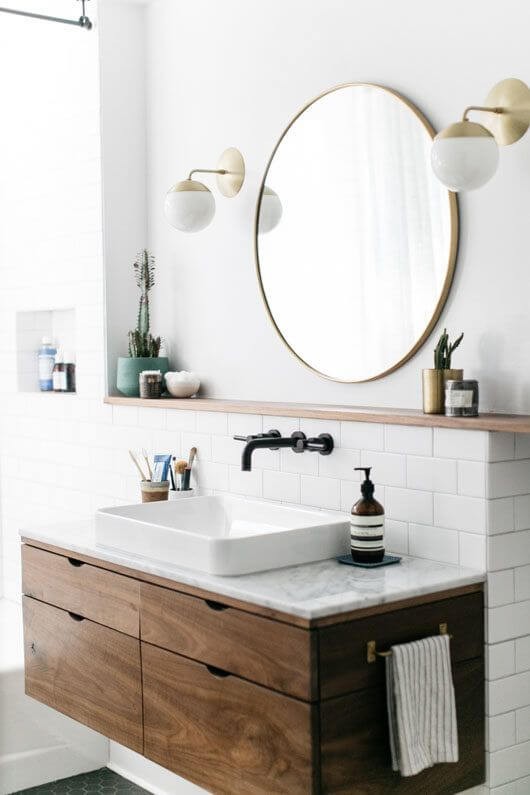
We remember that the bathroom is a room with high humidity. Therefore, the materials must be resistant to moisture and environmentally friendly. Among them, you can choose, for example, ZIPS panels or soundproofing materials.
Floor soundproofing
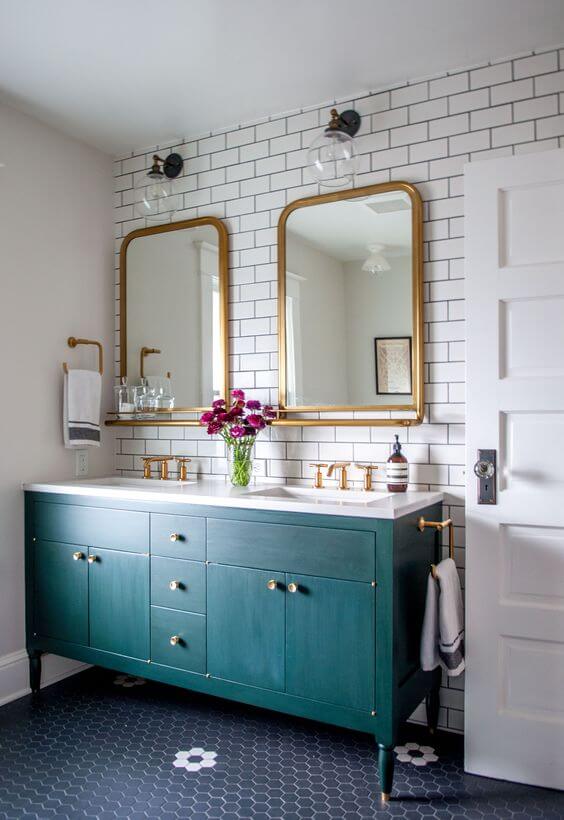
When soundproofing a floor, it is essential to remember its waterproofing and perform it, for example, with bitumen-based mastic and polymeric materials. The mastic will ultimately protect the bathroom floors from leakage, and soundproofing material can already be laid on top. This material must be overlapped and fastened with adhesive tape when joining individual sheets.
Soundproofing the ceiling
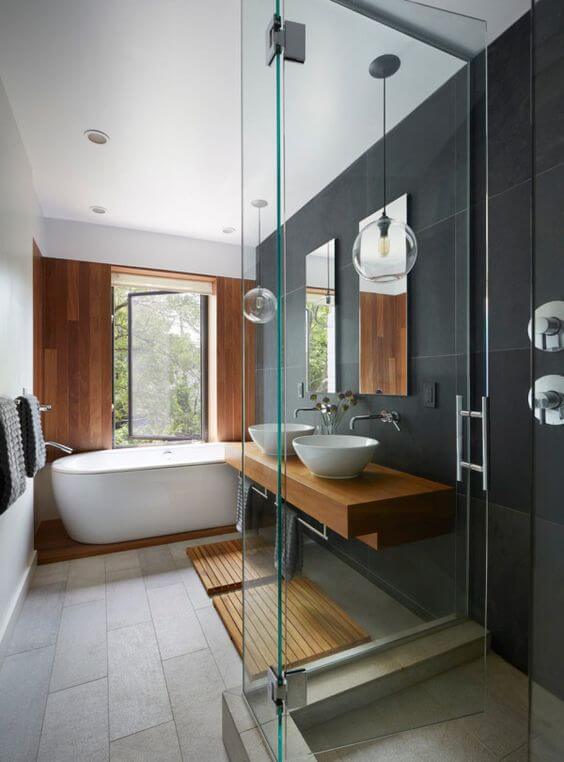
If the ceiling height allows, it is better to assemble a metal frame from profiles. While you will lose in bloom, the sound insulation will be of better quality. The boundary and walls should not adjoin closely, and a unique soundproofing material should be installed between them.
And the structure of the metal frame itself should be mounted on vibration suspensions. They have a special damper insert that dampens noise waves by combining materials of different densities. The space inside the metal frame is filled with soundproofing material, such as mineral wool, and then sheathed with sheets of moisture-resistant drywall.
The impact of streams of water on the surface of the bath can be compared to the muffled sound of a drum. To a lesser extent, this applies to cast-iron bathtubs, but steel bathtubs fully have this drawback. There are several ways to soundproof a steel bath.
Soundproofing the bathtub with polyethylene foam
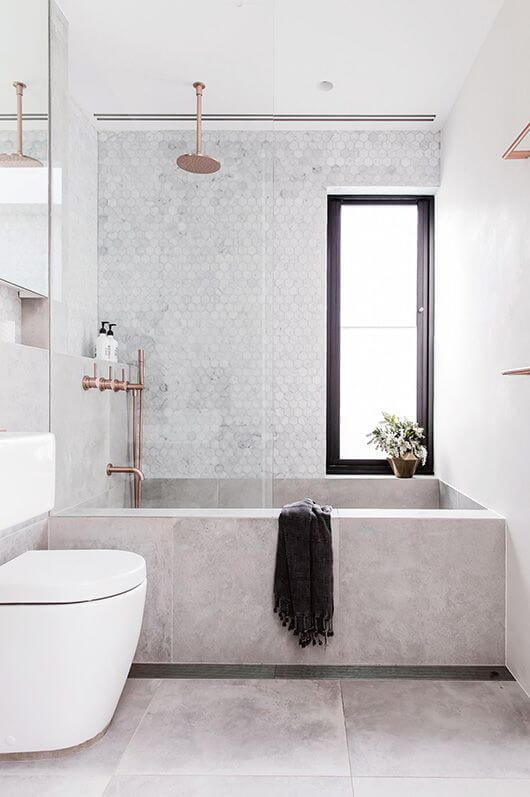
Foamed polyethylene is a material whose base has a porous structure. The outer layer can be covered with a metalized material, foil in some modifications. To soundproof the bath, it is necessary to apply glue to its surface, press the polyethylene tightly after cutting off a required size.
Soundproofing the bathtub with mounting foam
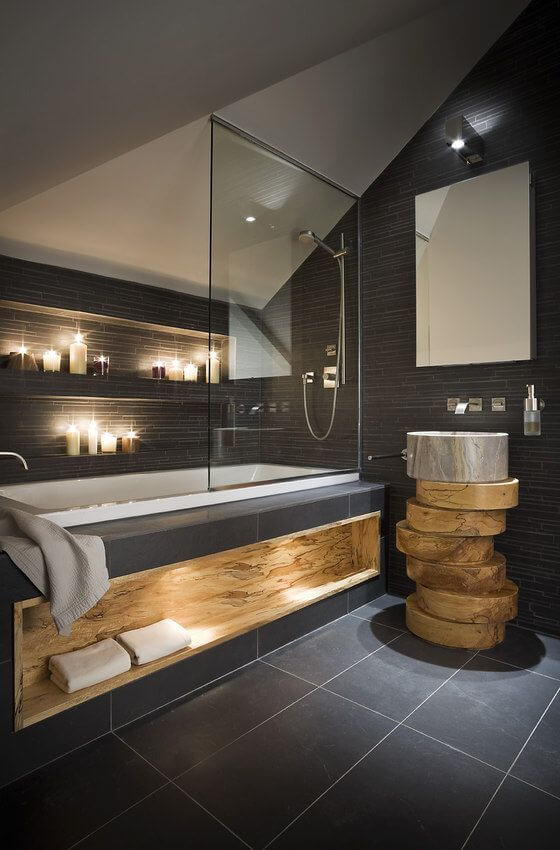
To do this, it is necessary to decrease the bath’s surface, apply a sealant for better adhesion of the foam, then spray the foam evenly over the entire surface from a can. With this insulation method, it is preferable to tile the bathtub since the foam will better retain its properties without access to moisture and light, and the bathtub’s appearance will be more presentable.
Soundproofing the bathtub with a technical cork
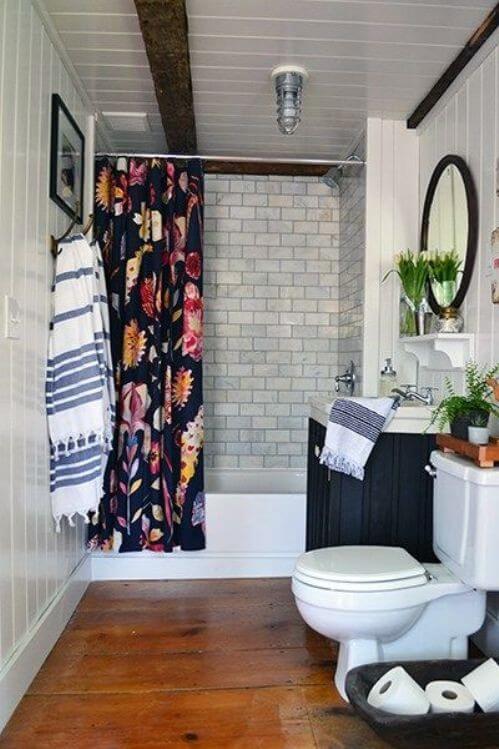
Cork is a more expensive material than polyethylene foam or foam. The cork is attached to the surface of the bath with glue. It will be difficult to glue a solid sheet of cork on bends, so fragments should be cut to fit the bathtub configuration.
Soundproofing the bathtub with vibroplast and vibroisol
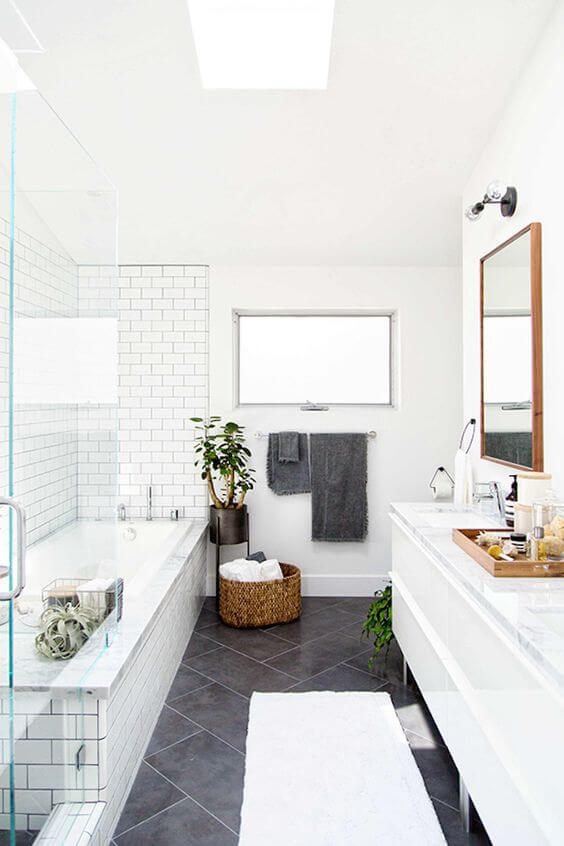
Vibroplast is often used for car soundproofing. This material is easy to work with, as it has an adhesive on one side. It is only necessary to remove the protective layer and firmly press the material to the bath’s surface. Vibroizol is made without an adhesive layer, so it, like foamed polyethylene, must be glued to the surface yourself.
